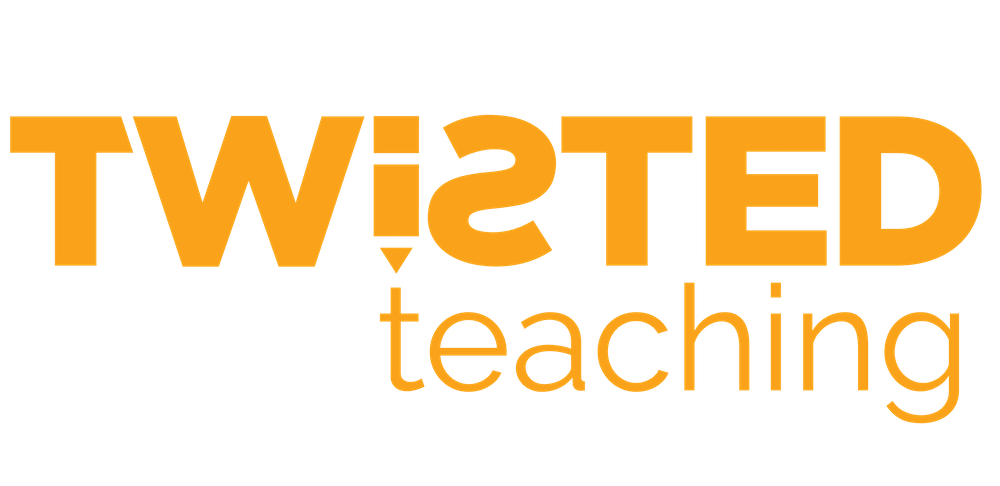Hip Hop influences a lot of the work I do as an educator and content creator. Like seriously, when I get a creative idea in mind, it is usually influenced by a song or the life of a hip hop artist.
Hip hop speaks to me and reminds me of where I come from and the work I have been assigned to do.
For generations before me, hip hop gave a creative outlet to make sense of upbringings, communities, and a system of oppressions as well as a way to reject status quos and redefine identities.
Hip hop gives voice to the voice and hope to the hopeless.
For me, hip hop gives me visions, inspires ideas, and provides me with frameworks to evaluate and transform my pedagogical practices.
REAL LOVE: Strategies for Reaching Students When They See Now Way Out was inspired by the queen of Hip Hop and R&B–Mary J. Blige. For days, I woke up with this song on my mind and felt God telling me to break it.
In this song, she spoke of wanting a real love, someone to set her heart free. Someone to be her inspiration and give her the real love that she needs.
In the same manner that she was hoping to find a love that was true and authentic, I felt many of our students enter our classrooms and schools searching for the same thing.
I know exactly what it feels like to desire real and authentic love because that was my life story.
The love that I was missing at home, I went to school searching for and hoping my teachers could give me what I longed for to feel free.
From this space, REAL LOVE was written and since 2019, this book have provided educators with a guide to cultivating culturally responsive classrooms where all students can thrive.
Lately, a new song has been playing in my head.
A classic in the hip hop world; the song that will get any party popping and the dance floor packed.
For me, this song made it click and helped me design a guide or framework for educators to use to incorporate that one component of culturally relevant teaching that is often overlooked.
What song? Hip hop artist Unk’s 2007 hit Walk It Out featuring Outkast
What is that one component of CRT that is often overlooked?
Developing and supporting students’ critical consciousness which is, as succinctly defined by the California Department of Education, the ability to identify, analyze, and solve real-world problems especially those that result in inequities.
Culturally relevant and responsive educators strive to educate the whole child which can not be done without acknowledging and confronting the socio-political issues that impact our students daily lives, especially our most vulnerable students from marginalized communities.
You can bring in hip hop, cultural holidays, and pay homage to historical figures as well as hold high expectations for all students, but if your efforts to be relevant and responsive stop there, you are not being culturally responsive.
You’re also overlooking the social and emotional needs of your students by overlooking the societal inequities that shape their social emotional needs.
Being culturally responsive is not just about identifying social inequities and talking about them, but also preparing students to critique and take action against social equities.
In our classrooms and schools, we gotta challenge the status quo.
But, how do you teach content, stick to standards, and challenge status quos when you don’t know where to start?
You walk it out.
You can teach your content, stick to your standards, and develop students’ critical consciousness at the same time.
How? Key is remembering that culturally relevant pedagogy and culturally responsive teaching is not in addition to what you are already doing in your classroom, it should be a part of everything you are already doing in your classroom.
However, to provide guidance, or a framework, for bridging your current content with culturally responsive practices and developing students’ critical consciousness–Walk It Out.
What is “It”? Your content
What do you want your students to do with your content?
Connect it to their communities, get it out of your classrooms, and bring about change in the world we live in.
We want them to Walk. It. Out.
Here’s how you do it:
Write: After the initial introduction of a topic/concept, provide space for students to write and reflect. This can be done in the form of quick write, image analysis, video/reading reflection, etc.
Ask Questions: Provide space for students to ask questions in order to connect content to what they already know, clarify and better understand a topic or express curiosity.
Listen: Pair students with a partner and allow them to take 1 min each listening to reflections on topic/concept and questions. Conduct a second round where Partner A spends 30 seconds answering Partner B questions and then Partner B takes 30 seconds answering partner A’s questions.
Knowledge: Provide space for students to make sense of what they already know and what they want to know about the topic/concept.
Inquiry: Allow students the opportunity to research the topic and discover answers to questions they have about the topic/concept. You may also guide students in locating the answers to their questions by providing resources such as primary/secondary sources, opposing viewpoints, websites, books, etc.
Talk: Place students in a small group to share their questions and the answers they discovered or new information learned during the inquiry process.
Organize Thoughts: Use a graphic organizer, mindmap, Jamboard, or digital tools to allow students to organize their thoughts and information about a topic/concept before being required to demonstrate understanding.
Understanding: Once students have organized their thoughts, challenge students to identify any social or cultural issues that relate to the topic. Allow students time to collaborate, brainstorm, and identify school or community-based problems that they can solve with the knowledge they gained from exploring the topic/concept.
Take Action: Students will use knowledge of topic/concept to critique a social or cultural issue and create a plan of action to seek/make a change.
I hope this strategy provides you with guidance on building students’ critical consciousness, creating student centered learning spaces, and teaching your specific content in a culturally relevant, responsive, and realistic manner.
Remember, the goal is to marry students’ cultural needs with your content areas, every day.
Using this concept (slidedeck or JamBoard template available for TwistED Teaching Premium Members), take future lessons and think of how you can use this framework to support your students Walking It Out!
Alexes is an educator, wife, mom of 4 amazing children, and the founder of TwistED Teaching Educational Consultant Company. She has over a decade of experience in teaching at high school, college, and graduate levels. Alexes is a doctoral student at Texas A&M University where she is pursuing a Ph.D. in Curriculum and Instruction with an emphasis in Urban Education. Her research interests include culturally relevant pedagogy, culturally responsive teaching, reality pedagogy, and teacher preparation. When she is not teaching, researching, or writing, she is supporting educators and moms in becoming better versions of themselves through health and wellness.



